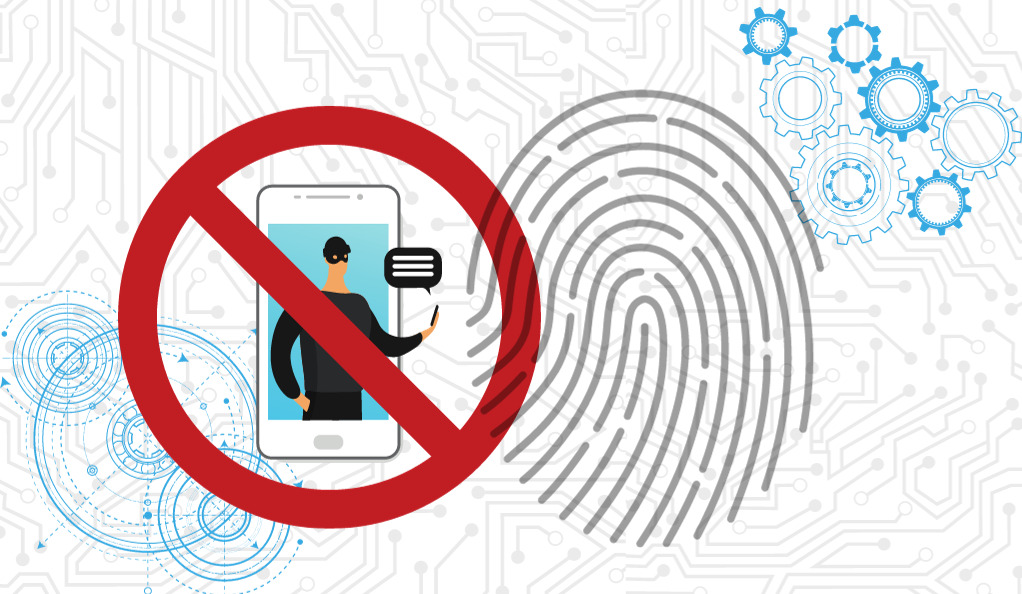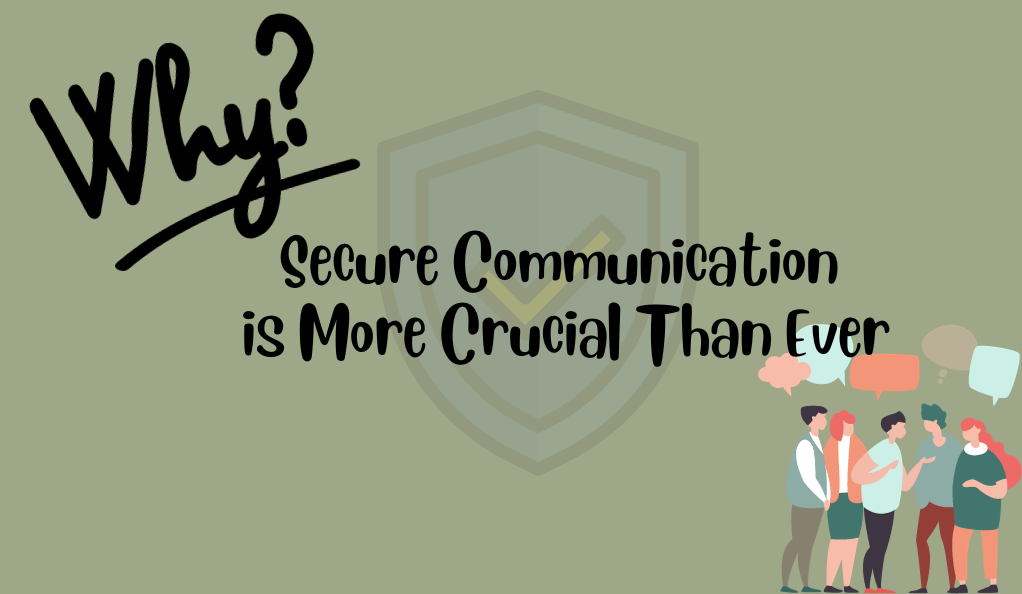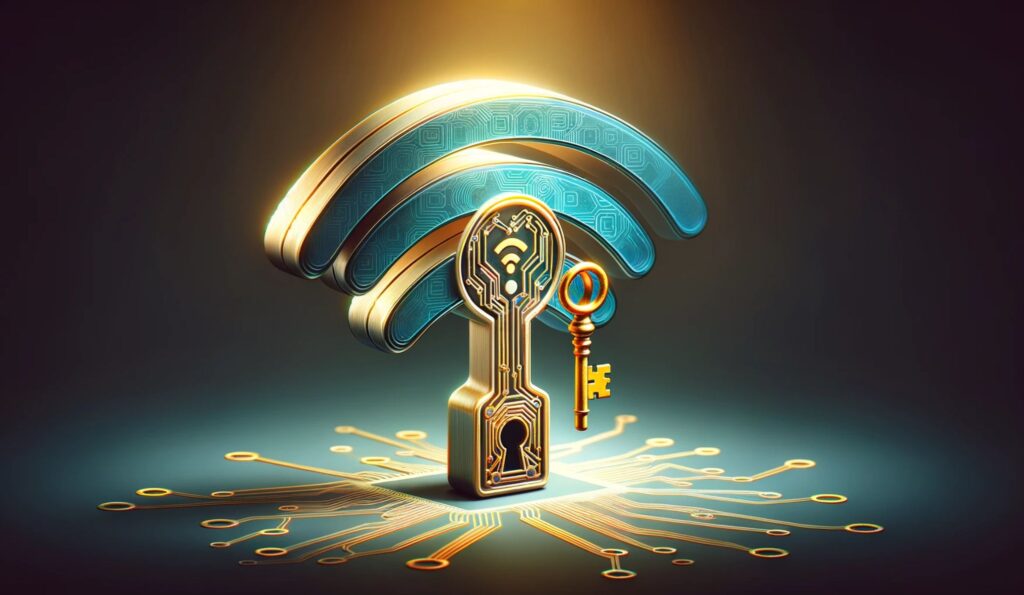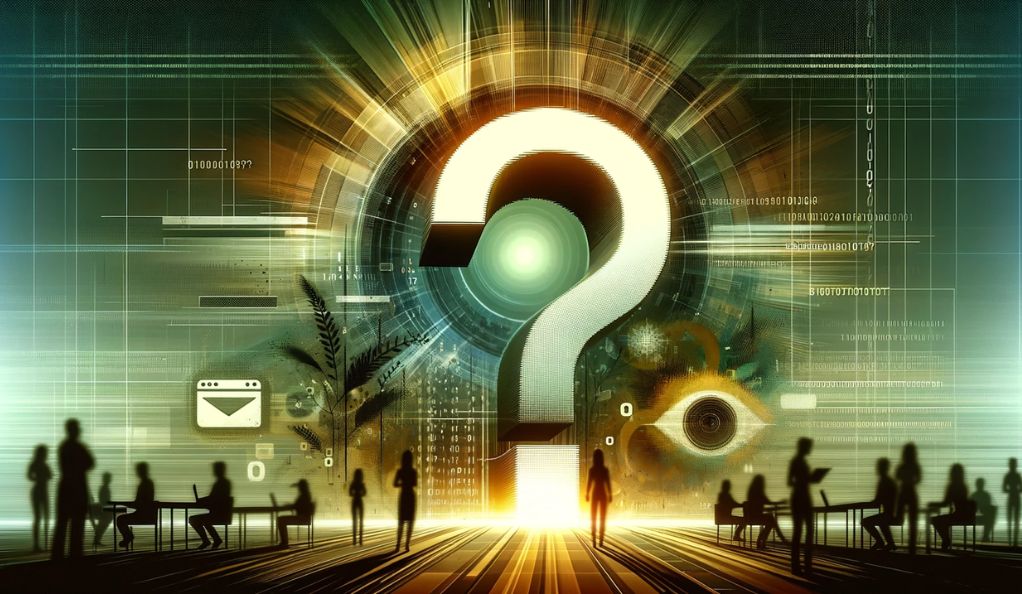In today’s interconnected world, the digital age has revolutionized the way we communicate, conduct business, and even lead our daily lives. From sending a simple email to conducting multi-million dollar transactions online, the internet has become an indispensable tool for individuals and businesses alike. However, with this convenience comes a plethora of challenges, primarily in the form of cyber threats. As we increasingly rely on digital communication channels, the importance of secure communication has never been more paramount.
The Digital Age: A Double-Edged Sword
The digital age, often referred to as the Information Age, began with the introduction of the personal computer and the internet. Over the past few decades, technological advancements have accelerated at an unprecedented rate, leading to the proliferation of digital devices and online platforms. Today, there are over 4.9 billion internet users worldwide, and this number is continuously growing.
The Rise of Cyber Threats
As the internet evolved, so did the nature and complexity of cyber threats. In the early days, cyberattacks were mostly limited to pranks or experiments by tech enthusiasts. Fast forward to today, and cyber threats have become a lucrative business for organized crime groups, state-sponsored hackers, and even rogue individuals. From data breaches that expose personal information to ransomware attacks that cripple entire organizations, the stakes have never been higher.
In 2019 alone, cybercrimes were responsible for damages worth over $1 trillion, a 50% increase from the previous year. This alarming trend underscores the urgent need for secure communication and robust cybersecurity measures.
The Implications of Compromised Communication
Imagine a scenario where confidential business strategies, sensitive government documents, or even personal conversations are intercepted by malicious actors. The consequences can range from financial losses and damaged reputations to national security threats. In essence, every piece of information transmitted over the internet is a potential target, emphasizing the critical importance of secure communication in today’s digital landscape.
The Evolution of Cyber Threats
The realm of cybersecurity is akin to an ever-evolving chess game, where defenders and attackers continuously adapt their strategies. As technology has advanced, so have the tactics and tools employed by cybercriminals. Let’s journey through the transformation of cyber threats over the decades.
A Look Back: From Simple Viruses to Advanced Persistent Threats
In the early days of computing, most cyber threats were relatively benign. They were often created by curious programmers looking to test the limits of software or to showcase their skills. The first recorded computer virus, named “Brain,” emerged in 1986. It was a boot sector virus designed to infect floppy disks. While Brain didn’t cause any real damage, it marked the beginning of a new era in the world of cyber threats.
As computers became more interconnected with the advent of the internet, the nature of threats began to shift. Worms like the Morris Worm in 1988 exploited vulnerabilities in network protocols, causing significant disruptions. By the late 1990s and early 2000s, the world witnessed the rise of macro viruses, trojans, and the infamous ILOVEYOU worm, which caused billions in damages.
The past decade has seen the emergence of Advanced Persistent Threats (APTs). These are sophisticated, prolonged attacks, often state-sponsored, targeting specific organizations or nations. APTs are stealthy, using a combination of malware, social engineering, and other techniques to infiltrate and remain undetected within networks for extended periods.
The Growing Sophistication of Attacks
Today’s cyber threats are not just more numerous but also more sophisticated. Modern malware can evade detection, propagate rapidly, and even mutate to counteract security measures. Ransomware attacks, for instance, have evolved from simple screen lockers to complex encryption mechanisms that can cripple entire networks.
Moreover, cybercriminals are now leveraging artificial intelligence and machine learning to enhance their attacks. For example, deepfakes, which use AI to create hyper-realistic but entirely fake content, pose a new kind of threat, especially in the realm of misinformation and espionage.
Why Secure Communication Matters
In an era where data is often referred to as the ‘new oil’, the significance of secure communication cannot be overstated. Every day, vast amounts of information are transmitted across the globe, from personal messages and business contracts to sensitive government communications. The integrity and confidentiality of this data are paramount, and any breach can have far-reaching consequences.

The Significance of Data in the Modern World
Data drives our modern world. It’s at the heart of business decisions, scientific research, and even our personal lives. From the algorithms that recommend our next movie on streaming platforms to the analytics that help businesses target their marketing efforts, data is everywhere.
- Personal Data: Our online activities, from social media interactions to online shopping, generate a wealth of personal data. This data can reveal intimate details about our lives, preferences, and habits.
- Business Data: Companies rely on data for everything from product development to market research. This includes intellectual property, financial records, and strategic plans.
- Government Data: Governments hold vast amounts of data, from citizen records to national security information. The integrity of this data is crucial for governance and public trust.
Real-World Consequences of Compromised Communication
When communication channels are compromised, the fallout can be catastrophic:
- Financial Impact: Data breaches can result in direct financial losses, from funds stolen during a cyberattack to the costs associated with addressing the breach and compensating affected parties.
- Reputational Damage: Companies that suffer data breaches often face significant reputational damage, leading to a loss of customer trust and potential business.
- Operational Disruptions: Cyberattacks can disrupt operations, from shutting down websites to halting manufacturing processes.
- Legal and Regulatory Consequences: Data breaches can lead to legal actions and hefty fines, especially if they involve personal data and violate data protection regulations.
- National Security Implications: For governments, a breach can compromise national security, endangering citizens and potentially revealing sensitive information to adversaries.
The Human Element: More Than Just Technology
While technology plays a significant role in ensuring secure communication, the human element is equally crucial. Social engineering attacks, where cybercriminals manipulate individuals into divulging confidential information, highlight the importance of awareness and education. A single unsuspecting employee clicking on a malicious link can lead to an entire network being compromised.
Common Threats in Today’s Landscape
The digital realm, while offering unparalleled convenience and connectivity, is also rife with threats. As technology evolves, so do the tactics of cybercriminals. Let’s explore some of the most prevalent threats in today’s cybersecurity landscape.
Phishing and Spear-Phishing: The Art of Deception

Phishing remains one of the most common cyber threats. Cybercriminals use deceptive emails, messages, or websites to trick users into providing sensitive information, such as login credentials or credit card details. While generic phishing attacks target a broad audience, spear-phishing is more targeted, aiming at specific individuals or organizations.
- How it works: An attacker sends an email appearing to be from a trusted source, urging the recipient to click on a link or download an attachment. The link might lead to a fake login page designed to steal credentials, or the attachment might contain malware.
- Real-world example: In 2016, a spear-phishing attack targeted the Democratic National Committee, leading to the leak of thousands of emails.
Denial-of-Service Attacks: Overwhelming Systems
Denial-of-Service (DoS) and Distributed Denial-of-Service (DDoS) attacks aim to disrupt services by overwhelming them with traffic. These attacks can render websites, online services, or networks inoperable.
- How it works: In a DDoS attack, a network of compromised computers (botnet) is used to flood a target system with traffic, causing it to crash or become unresponsive.
- Real-world example: In 2016, the Dyn DDoS attack disrupted major websites like Twitter, Reddit, and Netflix, affecting millions of users.
Eavesdropping: The Silent Listeners in the Digital Realm
Eavesdropping, or passive interception, involves unauthorized interception of communications. Attackers can listen in on unencrypted data transmissions to gather sensitive information.
- How it works: Without proper encryption, data transmitted over networks can be intercepted and read by malicious actors. This can include everything from personal conversations to financial transactions.
- Real-world example: Unsecured Wi-Fi networks in public places are common hotspots for eavesdropping attacks, where attackers can intercept data from unsuspecting users.
Malware: Silent Invaders of Our Devices
Malware, short for malicious software, encompasses a range of software designed to harm or exploit devices. This includes viruses, worms, trojans, ransomware, and spyware.
- How it works: Malware can be introduced to a system through malicious downloads, email attachments, or infected websites. Once inside, it can steal data, monitor user activities, or even take control of the device.
- Real-world example: The WannaCry ransomware attack in 2017 affected over 200,000 computers across 150 countries, encrypting data and demanding ransom payments.
The Role of Social Engineering

While advanced software and sophisticated malware often grab headlines, the human element remains one of the most significant vulnerabilities in the cybersecurity chain. Social engineering exploits this human factor, manipulating individuals into performing actions or divulging confidential information. It’s a testament to the idea that sometimes, the easiest way to bypass security is by tricking the gatekeeper.
Manipulating Human Psychology for Malicious Intent
At its core, social engineering is a game of deception, playing on human emotions such as trust, fear, and curiosity. By understanding and manipulating human behavior, attackers can often achieve their objectives without ever having to crack a password or exploit a software vulnerability.
- Pretexting: This involves creating a fabricated scenario (or pretext) to obtain information. For instance, an attacker might pose as a bank representative and request personal information under the guise of verifying an account.
- Baiting: Here, the attacker dangles something enticing to lure the victim. This could be a free software download that hides malware or a USB drive left in a public place, loaded with malicious software.
- Tailgating: This physical tactic involves an attacker seeking entry to a restricted area by following closely behind an authorized individual.
- Scareware: This involves tricking the victim into thinking their computer is infected with malware, prompting them to download malicious software disguised as a solution.
Real-world Examples of Social Engineering Attacks
- The Google Docs Phishing Attack (2017): Users received emails, seemingly from known contacts, inviting them to view a Google Doc. Clicking the link led to a permissions page, asking users to grant access to their email account. Thousands fell for this sophisticated attack.
- Target Data Breach (2013): One of the most significant data breaches in history, affecting 41 million customers, began with a phishing email. Attackers sent a malware-laced email to a HVAC contractor associated with Target. Once the malware was in the contractor’s system, the attackers found a way into Target’s network.
Defending Against the Human Element
Awareness and education are the most potent weapons against social engineering. Regular training sessions, simulated attacks, and awareness campaigns can help individuals recognize and resist these tactics. It’s essential to cultivate a culture of skepticism, where unusual requests are questioned, and nothing is taken at face value.
Defending Against the Unknown
In the dynamic world of cybersecurity, threats are continually evolving, and new vulnerabilities emerge daily. Traditional reactive approaches, where defenses are bolstered after an attack, are no longer sufficient. Instead, a proactive stance, anticipating and preparing for potential threats, is crucial.
The Importance of Proactive Defense Mechanisms
While it’s essential to respond swiftly to security breaches, a more effective strategy is to prevent them from occurring in the first place. Proactive defense involves:
- Continuous Monitoring: Employing tools and technologies to monitor network traffic, detect unusual patterns, and identify potential threats in real-time.
- Threat Intelligence: Gathering and analyzing information about emerging threats to understand and anticipate potential future attacks.
- Regular Audits: Periodically reviewing and assessing the organization’s security posture to identify and rectify vulnerabilities.
- Patch Management: Keeping all software, operating systems, and applications updated to ensure known vulnerabilities are addressed.
Best Practices for Ensuring Secure Communication
- End-to-End Encryption: Encrypting data at the source and decrypting it only at the destination ensures that even if intercepted, the data remains unreadable.
- Multi-Factor Authentication (MFA): Using multiple forms of verification, such as something you know (password), something you have (a smart card or token), and something you are (biometric verification).
- Virtual Private Networks (VPNs): Employing VPNs to create a secure tunnel for data transmission, especially when using public networks.
- Regular Backups: Regularly backing up data ensures that in the event of a ransomware attack or data breach, critical information can be restored.
- Employee Training: Continuously educating employees about the latest threats and safe online practices.
- Incident Response Plan: Having a well-defined and practiced plan in place to address and mitigate the effects of a security breach.
Embracing Advanced Technologies
The future of cybersecurity lies in leveraging advanced technologies to enhance defense mechanisms:
- Artificial Intelligence (AI) and Machine Learning: These technologies can analyze vast amounts of data to detect anomalies, predict potential threats, and automate response actions.
- Blockchain: The decentralized nature of blockchain can offer enhanced security for data storage and transactions.
- Quantum Cryptography: As we edge closer to the era of quantum computing, quantum cryptography promises ultra-secure communication, leveraging the principles of quantum mechanics.
The Future of Secure Communication

As we stand on the cusp of a new era in digital communication, it’s essential to look ahead and anticipate the challenges and opportunities that lie before us. The future of secure communication isn’t just about countering threats; it’s about pioneering innovations that redefine the very essence of security in a hyper-connected world.
Predictions for the Future of Cybersecurity
- Beyond Passwords: The traditional password, while still widely used, is becoming increasingly vulnerable. The future may see a shift towards biometric authentication, behavioral patterns, and even brainwave-based authentication.
- Decentralized Systems: Centralized systems present a single point of failure. Decentralized systems, like blockchain, distribute data across multiple nodes, making them inherently more resilient against attacks.
- Self-Healing Networks: Imagine a network that can detect a breach and automatically isolate and repair the affected segment without human intervention. AI-driven self-healing networks could be a reality in the coming years.
- Privacy by Design: As concerns about data privacy grow, future systems might be built with privacy as a foundational principle, rather than an afterthought.
- Quantum-safe Cryptography: With the advent of quantum computing, current encryption methods might become obsolete. Quantum-safe cryptographic methods are already in development to counteract this potential threat.
The Role of AI and Machine Learning in Enhancing Security Measures
Artificial Intelligence and Machine Learning are set to play pivotal roles in the future of cybersecurity:
- Predictive Analysis: AI can analyze patterns and predict potential threats before they materialize, allowing for preemptive action.
- Automated Response: In the event of a breach, AI-driven systems can instantly respond, minimizing damage and containing the threat.
- Phishing Detection: Machine Learning algorithms can be trained to detect even the most sophisticated phishing attempts, offering an added layer of protection against these common attacks.
- User Behavior Analytics: By understanding typical user behavior, AI can detect anomalies, such as a user accessing sensitive data they’ve never accessed before, and flag it for review.
Conclusion
In our digital era, cybersecurity has become a global imperative. The key to robust defense lies in adaptability, ensuring we remain updated in a constantly changing cyber landscape. Collaboration between governments, businesses, and individuals is essential to tackle the multifaceted threats we face. Moreover, by educating users and adopting proactive strategies, we can anticipate and mitigate potential risks. As we harness advanced technologies, it’s crucial to prioritize ethical standards and individual rights, ensuring a balanced and secure digital future for all.








